
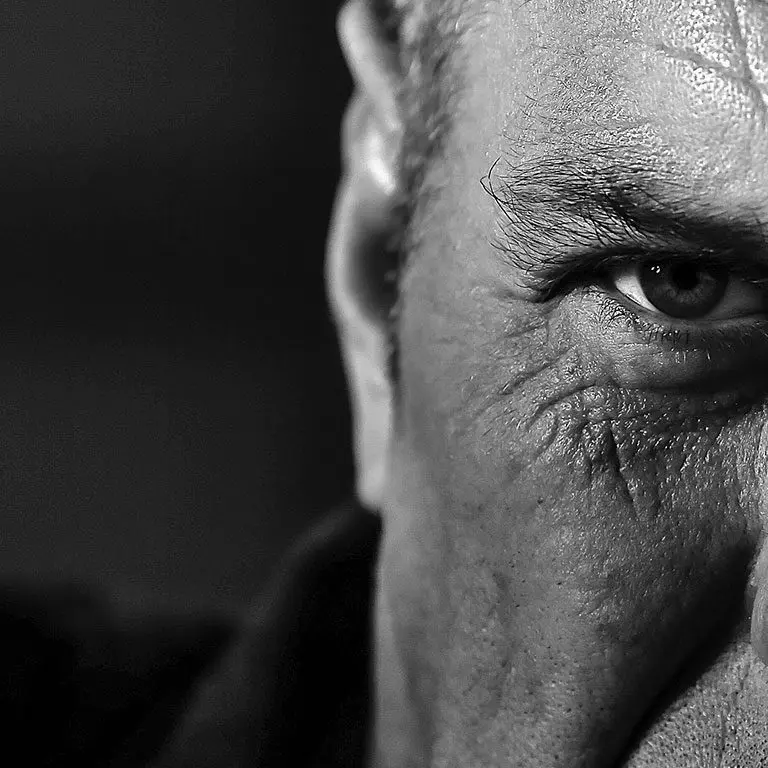



A cataract is a clouding that develops in the crystalline lens of the eye or in its envelope.
It can vary in its degree of severity, ranging from slight, to complete opacity and obstructing the passage of light. It is the most common cause of blindness in the world and is conventionally treated with surgery where an intraocular lens is inserted in the eye.
Visual loss occurs because opacification of the lens obstructs light from passing and being focused on to the retina at the back of the eye.
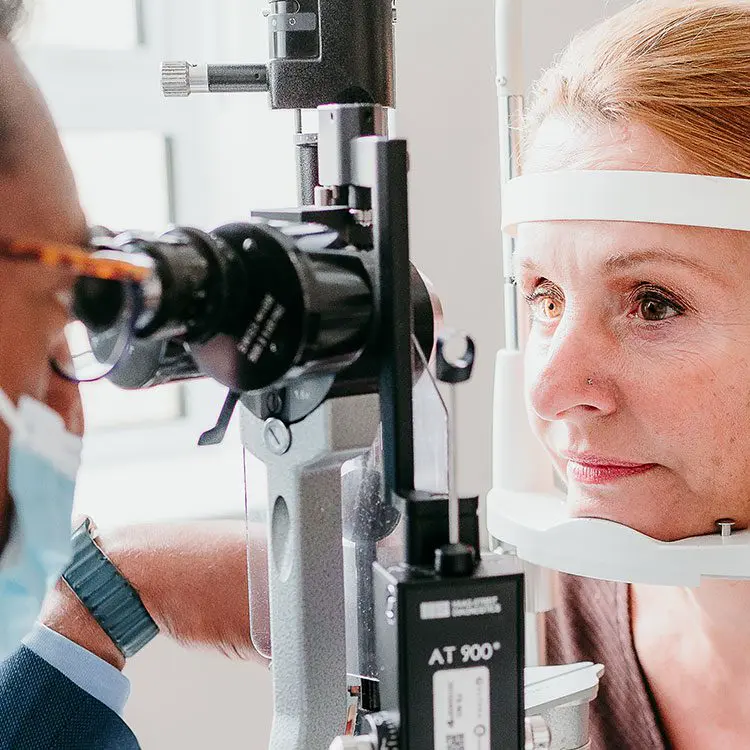
What are the Symptoms?
What are the Causes?
Cataracts develop for a variety of reasons, including: long-term exposure to ultraviolet light, exposure to radiation, secondary effects of diseases such as diabetes, hypertension and advanced age, or trauma (possibly much earlier).
A cataract can develop over many years or several months, gradually degrading your ability to drive at night, read small print, and achieve excellent vision with both glasses and contact lenses.
It’s uncommon for a cataract to develop suddenly and may be detected when the patient covers the good eye and suddenly recognizes they have been relying on the opposite eye.
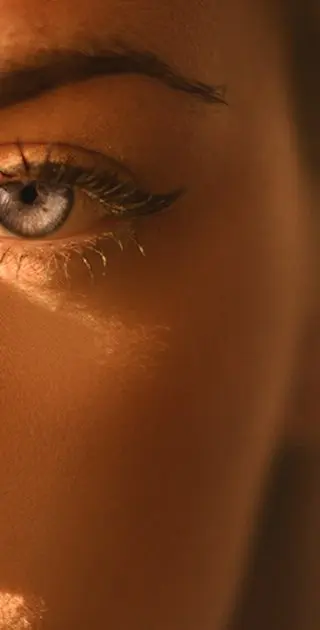
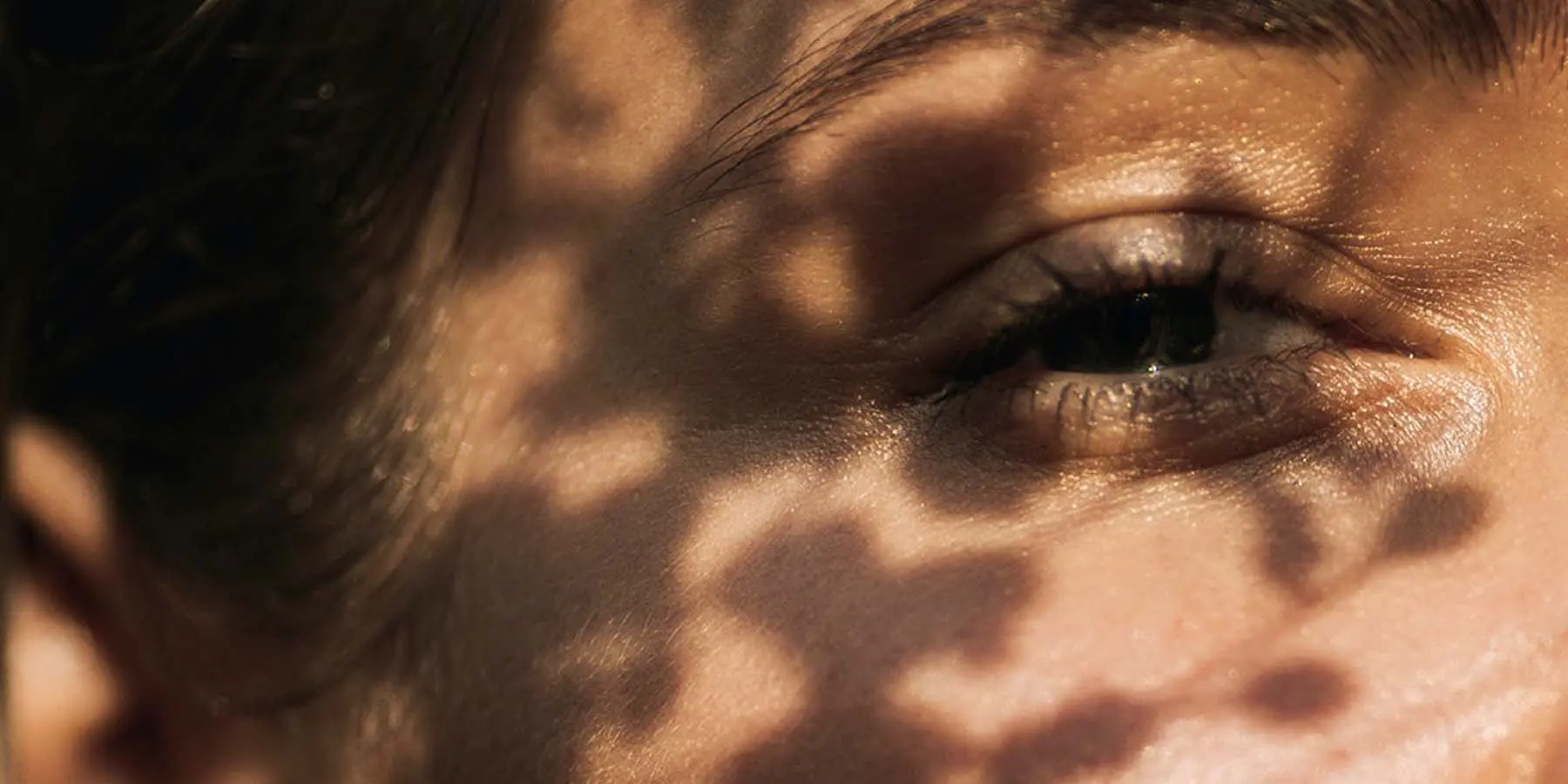
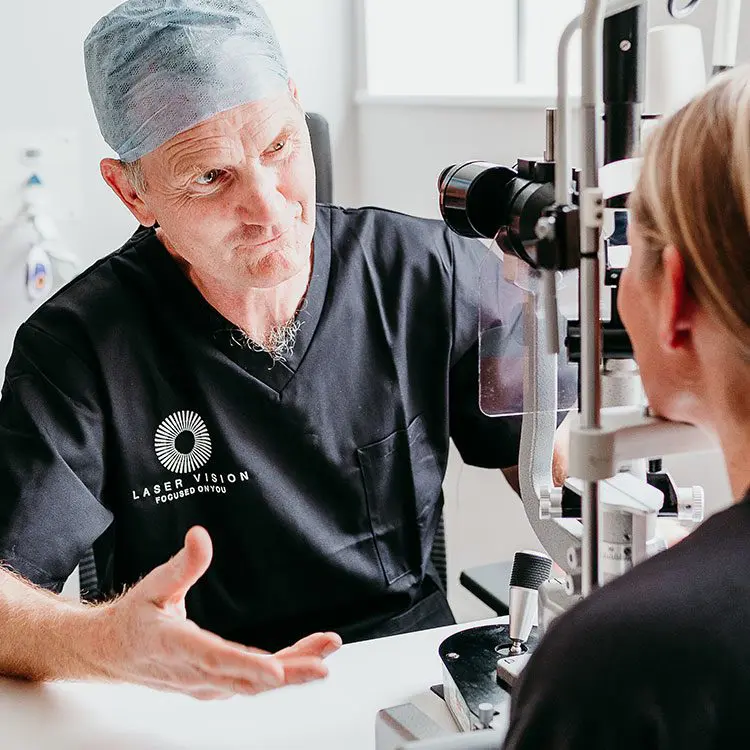
What is the Diagnosis?
Surgically removing the natural lens and implanting an artificial one is the only proven treatment that effectively reverses the effect of cataract. Most cataract surgery is performed by ultrasound – a technique called ‘phacoemulsification’. However, femtosecond laser technology, also known as ‘Femto Laser Assisted Cataract Surgery’ (FLACS), is more advanced.
At LaserVision, we use the latest Ziemer Z8 Laser technology which is proven to be faster and lower in energy. Surgery provides the opportunity to reduce dependency on glasses and contact lenses by choosing a bespoke premium lens.
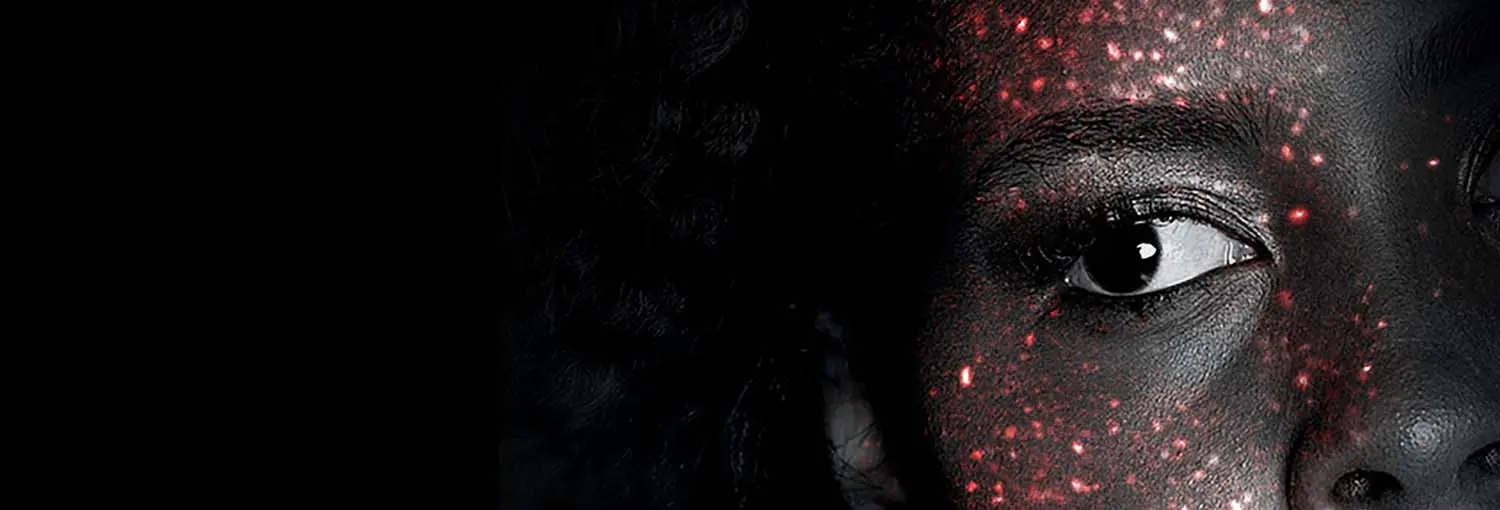
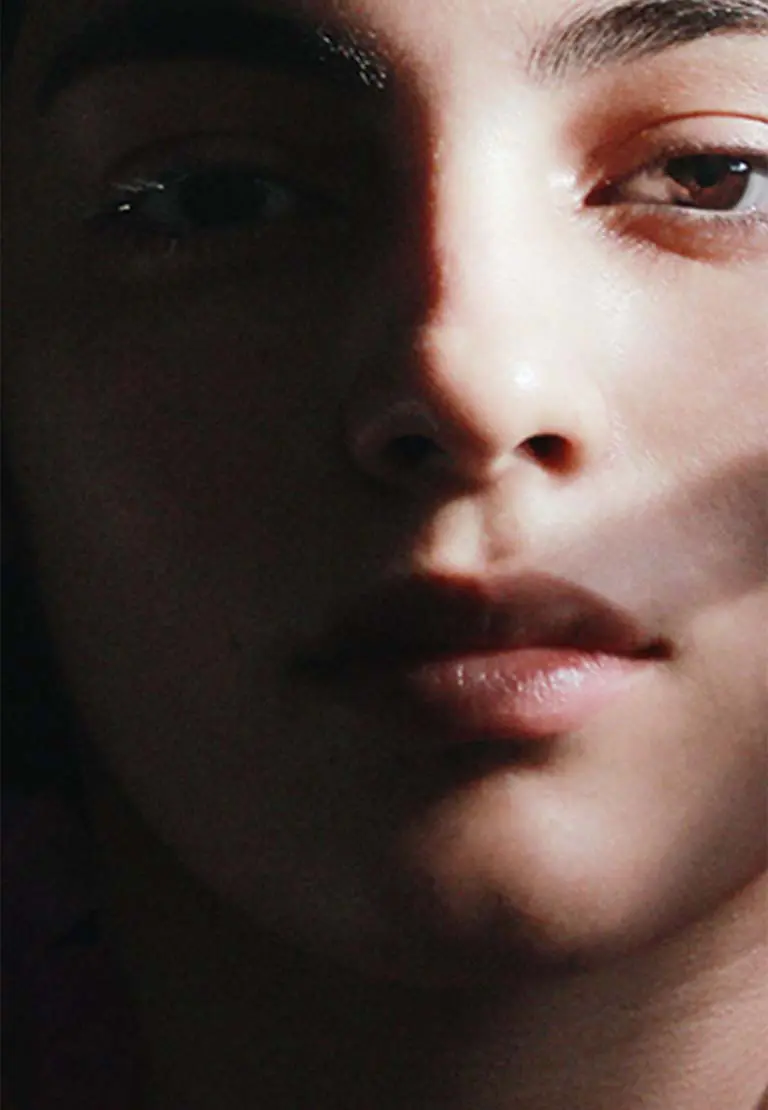
Treatment Options
Choosing the right vision correction clinic for your surgery is paramount. This is a life changing procedure after all, and you need to have complete trust in your surgeon and care team of professionals.
Our Technology
We invest in the latest equipment hand chosen by our surgeons, so that we can deliver outstanding results with the safest surgery possible.